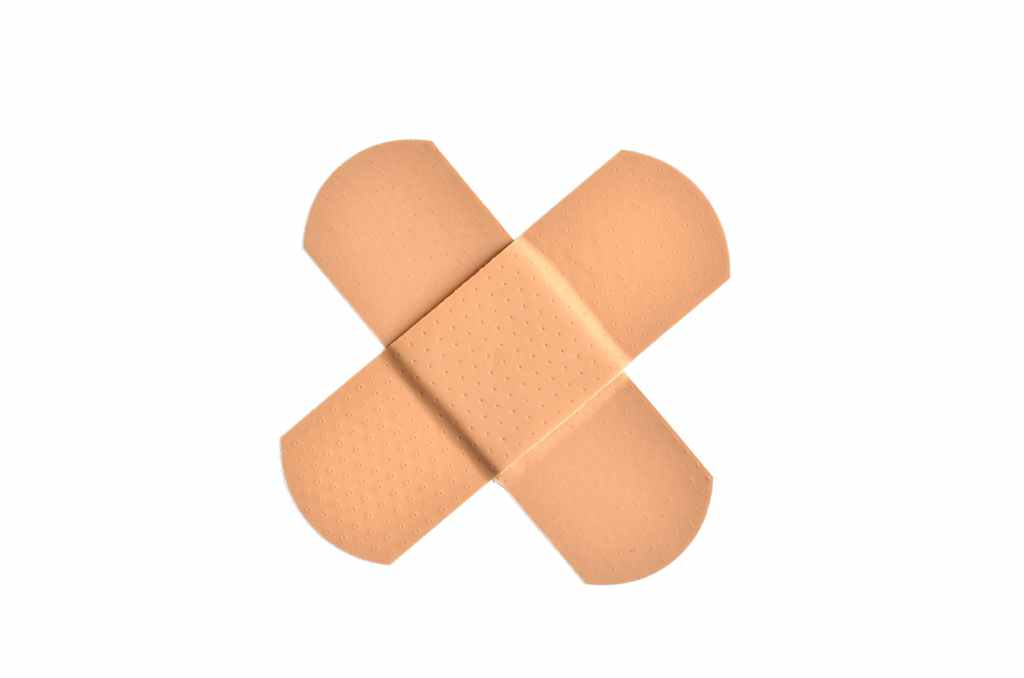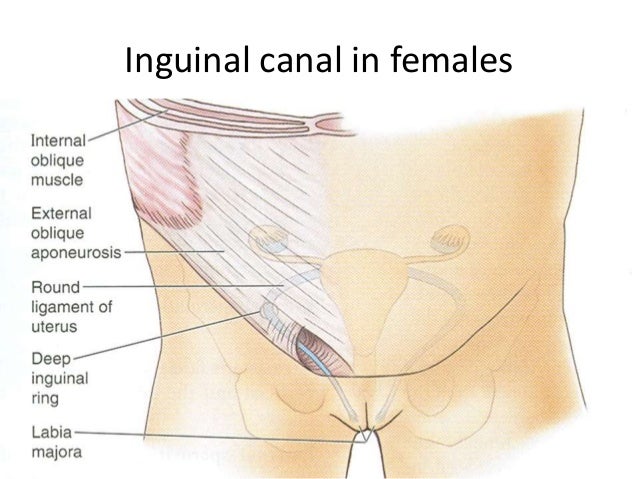
If you’ve followed my blog for a while, you may have already seen the entry about c-section scars developing lumps of Endometriosis. If you haven’t already read it, you can follow the link or just know there are a lot of women that develop a painful mass in or around their c-section scar that turns out to be Endometriosis. It’s not just limited to c-section scars, but those are mostly the reported instances of scar Endo. Most of the time, that lump is removed and the symptoms fade; recurrence seems rare.
An article hit my inbox this week that had me breathing heavy. I had to take a few days to calm down before I wrote today’s entry.
Continue reading

